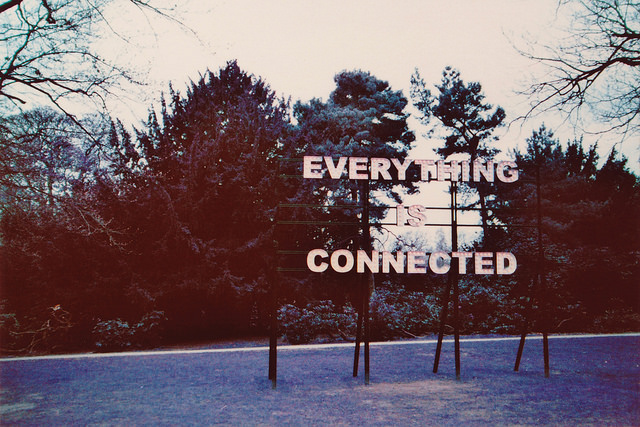A few weeks ago, Adrian wrote a post about engagement and social media.
In it, he argued that the term “engagement” is a bit of a misnomer in social media; many brands wrongly assume that engagement means success, and accordingly that a lack of engagement means failure. And I agree–engagement is often a poor indicator of success (or failure) on social media.
While it’s always nice to get interaction on your brand’s social media accounts, for many businesses–especially B2B ones–it’s possible to make a difference even without getting interaction.
That said, I thought I’d clear something up: just because engagement may not be the best measure of success on social media doesn’t mean that you should ignore your customers.
You shouldn’t make it your only goal to get mentions on Twitter and likes on Facebook, but you absolutely should make it a point to respond when you do.
Think that sounds like common sense? I agree–but a recent study shows that even the biggest brands on social media are generally terrible at interacting with their customers.
As it turns out, most top brands don’t actually engage with their Twitter followers. While over the past three months of 2013, 98 of Interbrand’s top 100 brands “tweeted at least once and the average company tweeted 12 times per day,” data from Simply Measured, a social media analytics provider, “found that 54 percent of these Interbrand companies send less than one @-reply per day.”
Volume may be partially to blame for this–many top brands deal with a fire hose of customer interactions ever day, and it’s hard to sort through them all–but that still doesn’t excuse the fact that over half the biggest brands on Twitter interact with customers less than once a day. Considering the fact that conversations with other users and fans should be a key element of your social media strategy, this lack of involvement is really just inexcusable.
I think that the root of this comes down to a slow transition from old methods of advertising and marketing to this new method of social media. Practically every old method of mass marketing was one-way; the chance (privilege?) to interact with customers on a mass scale just didn’t exist. There was no mass two-way communication tool, and as such, there was really no reason to be well-versed in mass two-way communication.
Today, it seems that brands are still slow to realize that we’re living in a two-way world.
And on social media, that’s not acceptable. Everyone can see you ignoring your customers (and everyone can see how you look in comparison to brands that regularly interact with their audience), and that certainly doesn’t do you any favors.
The need to engage with customers is even more important for brands that don’t get much interaction–even if engagement isn’t the metric by which you should be tracking your success.
To win the conversation on social media, you need to be active and publish data points that convince your customers you’re worth following. And that means responding to your customers–the ones who warrant responding to, that is–even if it seems like a pain. The best brands might not be doing it (yet), and engagement may not be the be-all-end-all of social media, but the benefits of responding to your fans when they do interact far outweigh the cons.
Social media has created a two-way world, and we’re all living in it. It’s time that brands stop acting like the big voices are the only ones that matter.
Image Credit: CC by Richard P J Lambert




